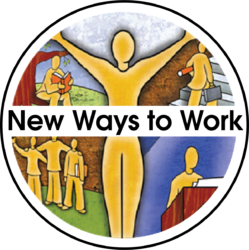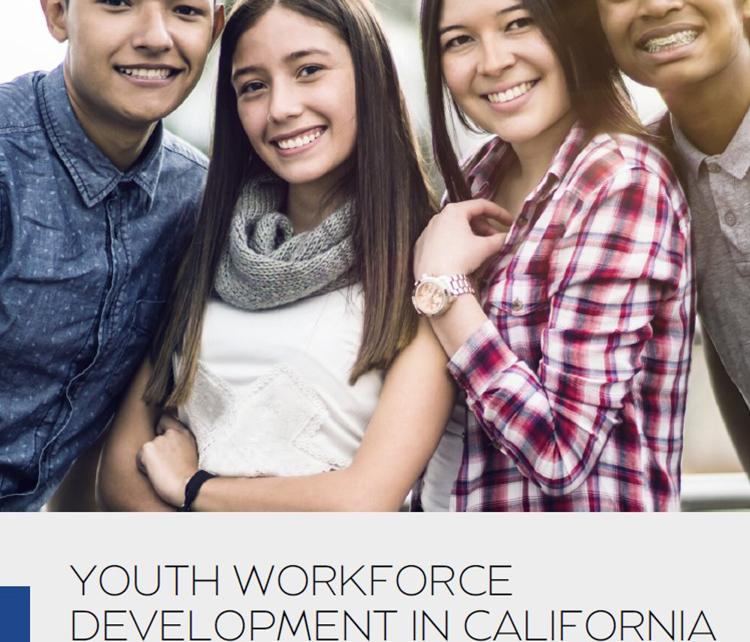California’s economic prosperity and societal well-being are deeply intertwined with the development of its youth workforce and by extension, its public youth workforce development system (YWDS), which strives to equip young individuals with essential skills and create pathways for personal and professional growth.
This report delves into the various components of the youth workforce development system in California, examining its structure, the range of initiatives underway, and the best practices being adopted across different regions and sectors. The analysis includes a review of the policies and programs that are currently shaping the outcomes for youth in the workforce, as well as the challenges and barriers that they face. By providing this comprehensive overview, the report aims to offer CBOs a detailed understanding of the current state of youth workforce development in California.
Moreover, the report seeks to highlight the significant role that CBOs play in this ecosystem. It underscores the importance of their work in bridging gaps, providing essential services, and advocating for the needs and interests of the youth they serve. In doing so, it also identifies areas where these organizations can align their efforts with broader state initiatives, enhance their impact, and foster stronger partnerships with other stakeholders in the system.
In conclusion, this report is not just an overview of the youth workforce development system in California; it is a call to action for all stakeholders, particularly CBOs. It encourages collaboration, innovation, and a renewed commitment to investing in the potential of our youth. Through this examination, the report endeavors to inform and inspire action and collaboration among all stakeholders involved in shaping California’s future workforce. By the end of this journey, readers will have gained a nuanced understanding of the youth workforce development system, empowering them to make informed decisions and take impactful actions that will shape the future of our state. It is important to note, however, that the information presented in this report is not exhaustive, nor is it meant to be.
Please use the fullscreen toggle button to eliminate visual artifacts in the flipbook.


